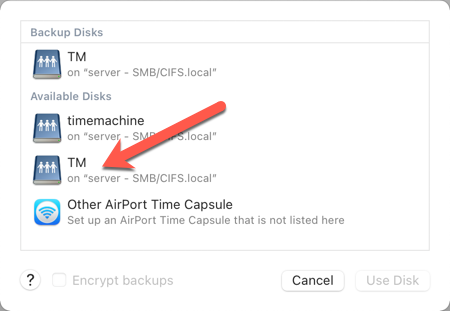
- HOW TO OPEN A MAC OS SPARSEBUNDLE FULL SIZE
- HOW TO OPEN A MAC OS SPARSEBUNDLE MAC
- HOW TO OPEN A MAC OS SPARSEBUNDLE WINDOWS
HOW TO OPEN A MAC OS SPARSEBUNDLE FULL SIZE
This is normally done through the -o offset option to mount, but in the case of HFS+ we need to also pass the partition size, otherwise the full size of the dmg image is used, giving errors such as " hfs: invalid secondary volume header" on mount. The reason for this error is that the HFS+ partition lives at an offset inside the sparse-bundle, so to successfully mount the partition we need to pass this offset to the mount command. This will manifest as errors such as " wrong fs type, bad option, bad superblock on /dev/loop1" when trying to mount the image.
HOW TO OPEN A MAC OS SPARSEBUNDLE WINDOWS
This will either open it with matching application or Windows operating system will suggest you to look for an application for file extension SPARSEBUNDLE either on web or on local computer.
HOW TO OPEN A MAC OS SPARSEBUNDLE MAC
Some sparse-bundles may contain partition maps that mount.hfsplus will fail to process, for example the GUID Partition Table typically created for Time Machine backup volumes. But if you have another Mac to connect to through firewire and the drive will mount to where you can see it on the other machine, you should be able to go to your user folder and if you have the password, mount the sparse bundle and copy your data across to another HD. To see if you have an application which supports SPARSEBUNDLE file format you need to double click on the file. Of allow_other and allow_root, as described in the first paragraph of this section.

Permissions are only informative, and the access control happens in FUSE based on the presence Note: Unless the default_permissions option is also enabled, the owner and mount point They have been unable to fulfill this request as of yet.-r-r- 1 torarne nogroup 1099511627776 Sep 7 20:19 /tmp/my-disk-image/sparsebundle.dmg Users/yourname/Music Or simply open iTunes and go to TM. Use the option Browse Other Time Machine Disks and see if you can locate the library in. Option click on the Time Machine icon in the top menu or in the dock. Open the backups.backupsdb folder inside this disk image. Use Time Machine to access the sparse bundle. Click on the 'Time Machine Backups' disk image in Finder (added to the left-hand pane by step 2 above).

I've been asking the Dropbox support team for over two weeks now to please provide as many restores as possible (10 is ideal, but I'll take anything at this point) of the entire folder for me to test, from the most recent folder events. Double-click on the sparse bundle file for the computer you want to access. Does anyone know if rewind can be used unlimited times to multiple restore points, for a particular file folder? Or is it a one-time-use sort of thing? The only potential solution proposed to me is the Rewind feature, however I have no idea if invoking this will result in the inability for me to rewind or fastforward through the folder again. Since this Sparsebundle is really a folder comprised of thousands of encrypted segment files (Apple calls them "bands", and they are each 8MB), I can't reasonably go back and find the single 'event' that got it corrupted this is like searching for a needle in a haystack.Įvery time a sparebundle is saved, Dropbox has to sync several hundred new files, immediately, and my best guess is it wasn't designed to handle this many events on the same timestamp, so it throws errors eventually, corrupting the master version (on ). They work and look the same way, but you can right-click on a sparse bundle, select 'show package contents' and see the individual 8 meg 'bands'. It can no longer be opened at all, whether it is downloaded from or synced via the Desktop app. A sparse bundle is essentially the same thing, the only difference is that while a sparse image is one giant file on your disk, a sparse bundle is actually lots of small files (8 megabytes each). So, I attempted to resync the Sparsebundle back onto a new Mac, Mac 'B'. Recently (in January of this year), Mac 'A' had it's system restored/formatted and lost the original Sparsebundle, which was allegedly backed up to Dropbox via sync. In my case, I created a Sparsebundle on Mac 'A' and synced via the Dropbox desktop app years ago. If any one one of these files goes missing or gets corrupted, either you can't open the image at all, or files go missing inside of it. It appears as a disk image in macOS in reality it's a folder with many files. If the operating system has an appropriate application to support it and there is also an association between the file and the program, the file should be opened. For those unfamiliar, Sparsebundle is an encrypted disk image format by Apple that can grow or shrink it's file size depending on it's contents. The first thing you should do is just 'doubleclick' on the SPARSEBUNDLE file icon you want to open.


 0 kommentar(er)
0 kommentar(er)
